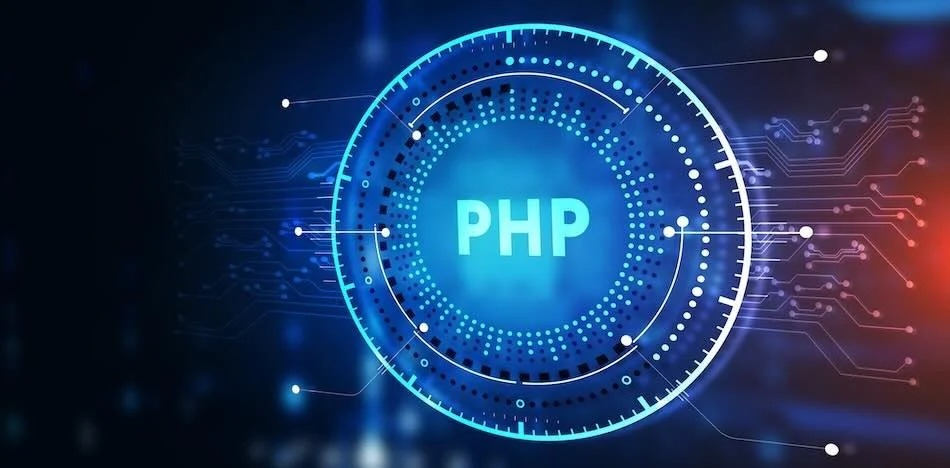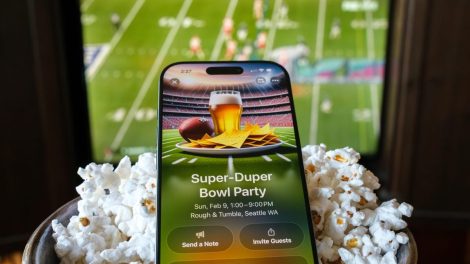In a chilling discovery for the cybersecurity community, a critical vulnerability has been identified in PHP, the widely-used server-side scripting language. This vulnerability specifically targets Windows servers, leaving them exposed to potentially devastating attacks. As the news spreads, server administrators and organizations are scrambling to understand the implications and take immediate action to protect their systems.

The Vulnerability: Remote Code Execution
At the heart of this security crisis lies a vulnerability that allows attackers to execute malicious code remotely on affected servers. By exploiting this flaw, cybercriminals can gain unauthorized control over the system, opening the door to a wide range of nefarious activities. From stealing sensitive data to installing malware or disrupting server operations, the consequences of a successful exploit can be catastrophic.
What makes this vulnerability particularly alarming is its widespread impact. According to the article, all versions of PHP since 5.x are susceptible, encompassing a vast number of servers worldwide. This means that countless organizations, from small businesses to large enterprises, could be at risk if they haven’t taken the necessary precautions.
The Danger of CGI Mode
While the PHP vulnerability affects Windows servers in general, it appears to be most critical for PHP running in Common Gateway Interface (CGI) mode. CGI is a specific configuration where the web server launches a separate PHP executable for each incoming request. This mode is commonly used in certain development environments and server setups.
The article highlights XAMPP, a popular development platform that combines PHP, Apache, and MySQL, as a prime example of an installation that is likely vulnerable due to its default CGI mode configuration. This puts countless developers and their projects at risk, as they may be inadvertently exposing their servers to potential attacks.
The Race to Patch
Fortunately, amidst the chaos and concern, there is a glimmer of hope. The PHP Group, the developers behind the language, have swiftly released a patch to address this critical vulnerability. This fix is designed to close the security gap and prevent attackers from exploiting the flaw.
However, the mere existence of a patch is not enough. Server administrators must take immediate action to apply the update to their affected systems. The article stresses the importance of prompt patching, urging organizations to prioritize this task to mitigate the risk of falling victim to an attack.
Reports of attackers actively searching the internet for vulnerable servers serve to further emphasize the urgency of the situation. These malicious actors are wasting no time in seeking out unpatched systems, ready to pounce on any opportunity to infiltrate and wreak havoc. It is a race against the clock, and every moment counts.
Protecting Your Servers
In light of this critical PHP vulnerability, it is essential for server administrators and organizations to take proactive steps to safeguard their systems. The first and most crucial step is to update PHP to the latest patched version immediately. This will close the security hole and prevent attackers from exploiting the vulnerability.
Additionally, if your server is running PHP in CGI mode, it is worth reviewing your configuration and considering alternative setups that may be less vulnerable. While CGI mode has its uses, the current situation highlights the potential risks associated with this configuration.
Beyond patching and configuration changes, it is crucial to stay informed about the latest security threats and vulnerabilities. Regularly monitoring cybersecurity news sources, subscribing to relevant mailing lists, and engaging with the PHP community can help you stay one step ahead of potential threats.
The Bigger Picture
The discovery of this critical PHP vulnerability serves as a stark reminder of the ever-evolving nature of cybersecurity risks. As technology advances and web applications become more complex, new vulnerabilities are bound to emerge. It is the responsibility of developers, server administrators, and organizations to remain vigilant and proactive in identifying and addressing these threats.
This incident also highlights the importance of collaboration and communication within the cybersecurity community. The swift response from the PHP Group in releasing a patch demonstrates the power of collective effort in combating security risks. By working together, sharing knowledge, and supporting one another, we can create a more secure digital landscape for everyone.
Conclusion
The critical PHP vulnerability affecting Windows servers is a wake-up call for the cybersecurity community. Its potential for remote code execution and widespread impact demands immediate attention and action. By promptly applying the available patch, reviewing server configurations, and staying informed about the latest threats, organizations can take significant steps towards protecting their systems and data.
However, this is not a one-time fix. Cybersecurity is an ongoing battle that requires constant vigilance, adaptability, and collaboration. As we navigate the ever-changing landscape of digital threats, it is essential to prioritize security at every level, from the code we write to the servers we deploy.
Let this vulnerability serve as a reminder of the critical role we all play in safeguarding our digital world. By working together, staying informed, and taking proactive measures, we can build a more resilient and secure future for everyone.










Add Comment